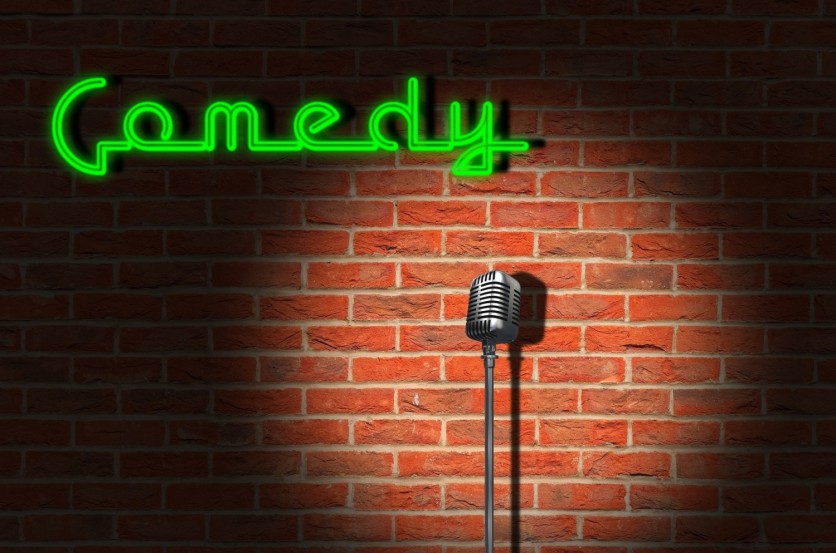A recent endeavor by researchers at the University of Sydney delved into the realm of humor, leveraging artificial intelligence to potentially enhance comedic prowess. But can AI really be funny?
Their study centered around the development of an AI-driven application aimed at assisting individuals in crafting witty cartoon captions, particularly for entries in The New Yorker Cartoon Caption Contest.

AI Puts its Funny Bones to the Test
In a controlled experiment, 20 participants, many of whom possessed minimal experience in humor composition, were tasked with generating a total of 400 cartoon captions. Half of these captions were crafted with the aid of the AI tool, while the remainder were formulated without any assistance.
Following this phase, a separate group of 67 individuals was enlisted to evaluate the humor quotient of these captions. The findings also revealed a discernible trend: captions produced with AI assistance were deemed funnier compared to those generated without such aid.
Notably, the ratings for the AI-assisted captions closely approximated the comedic quality of winning entries in The New Yorker Cartoon Caption Contest, trailing by a mere 30%.
Participants expressed appreciation for the AI tool, citing its efficacy in fostering humorous narratives, elucidating comedic nuances, and catalyzing idea generation.
Additionally, nearly half of the captions formulated with AI assistance garnered higher humor ratings than the original entries published by The New Yorker, according to the research team.
Dr. Anusha Withana, affiliated with the School of Computer Science and Digital Sciences Initiative, underscored the dual significance of the AI tool, emphasizing its role in enhancing comedic output while potentially alleviating writer's block—an issue often encountered by writers.
Alister Palmer, a master's student with a penchant for cartooning, envisioned the application as a means of democratizing cartoon captioning, thereby fostering greater engagement with the art form. Through a sophisticated algorithm designed to detect incongruities within cartoon imagery, the AI tool provided users with suggestive prompts.
Dr. Withana emphasized the symbiotic relationship between humans and AI in humor creation, noting that while technology augments the creative process, humans remain the primary architects of comedic content.
This collaborative dynamic, he posited, exemplifies the potential of AI to enhance social interactions while preserving individual agency and creativity.
"Ultimately, humans are still the ones creating the humor, but this research is a great example of how AI can augment and aid our social interactionS," Dr. Withana said in a statement.
Read Also : SAG-AFTRA Secures Multiyear Deal with Major Music Labels, Bolstering Artist Protections and AI Standards
Co-authored Captions
"Our findings show that the tool helped participants to identify incongruous visual elements in the cartoon, support ideation, and expand the narrative. This resulted in co-authored captions more frequently rated funnier than those written without the tool," the researchers wrote.
"This approach can be appropriated to other humor generation applications including creative writing, creating memes, sketch comedy, and advertising."
The findings of the team were published in the Proceedings of the 29th International Conference on Intelligent User Interfaces.
Related Article : Deepfakes are Getting Harder to Identify, But Scientists Suggest Using AI to Detect Real Signs of Life - Why?

ⓒ 2025 TECHTIMES.com All rights reserved. Do not reproduce without permission.




